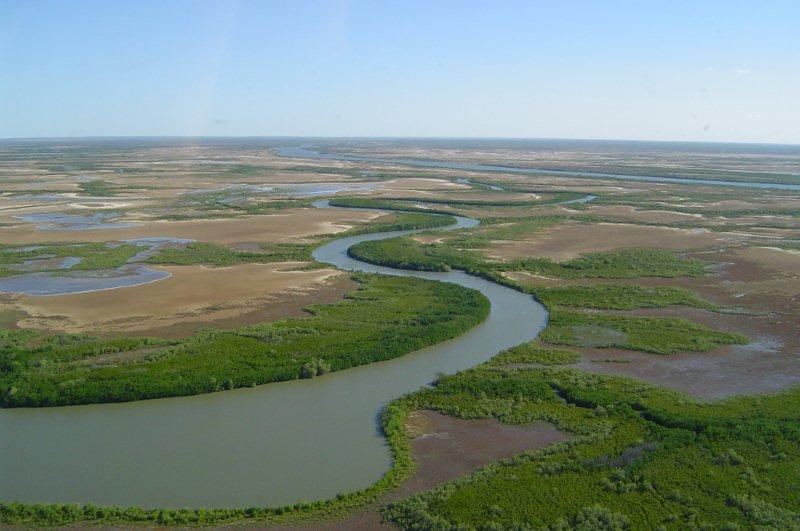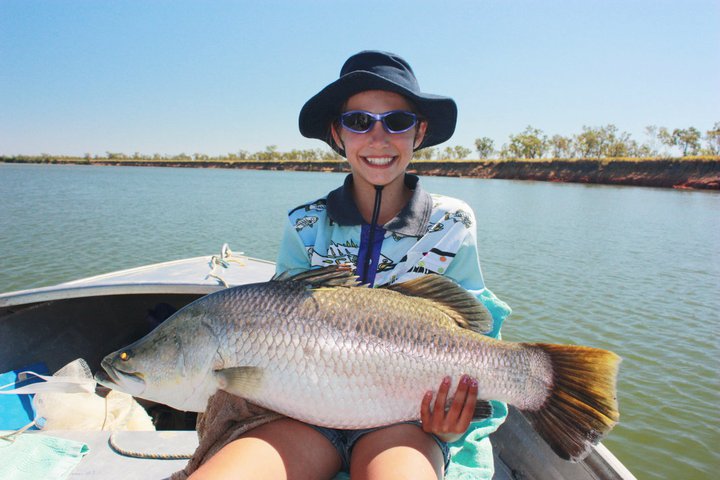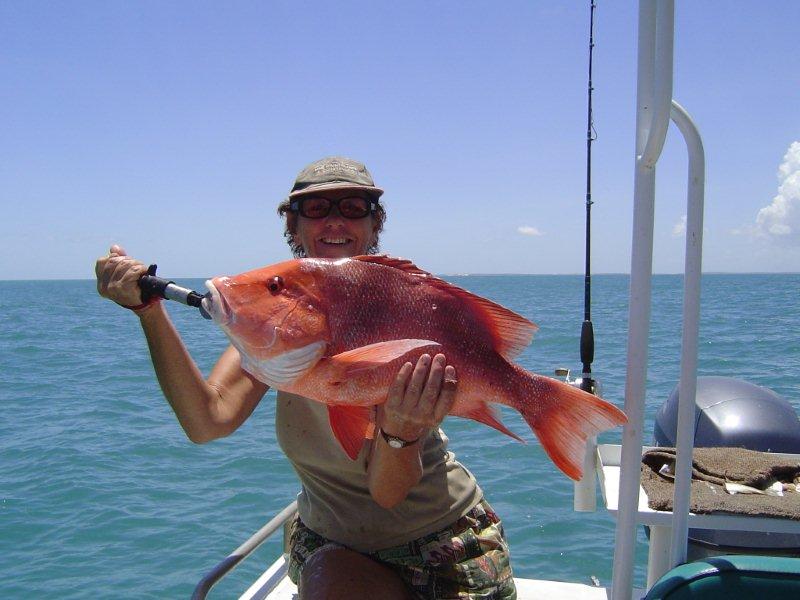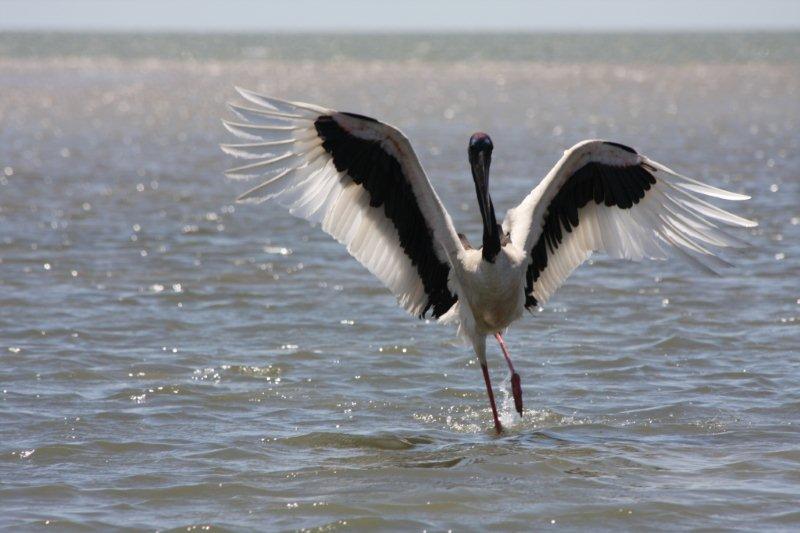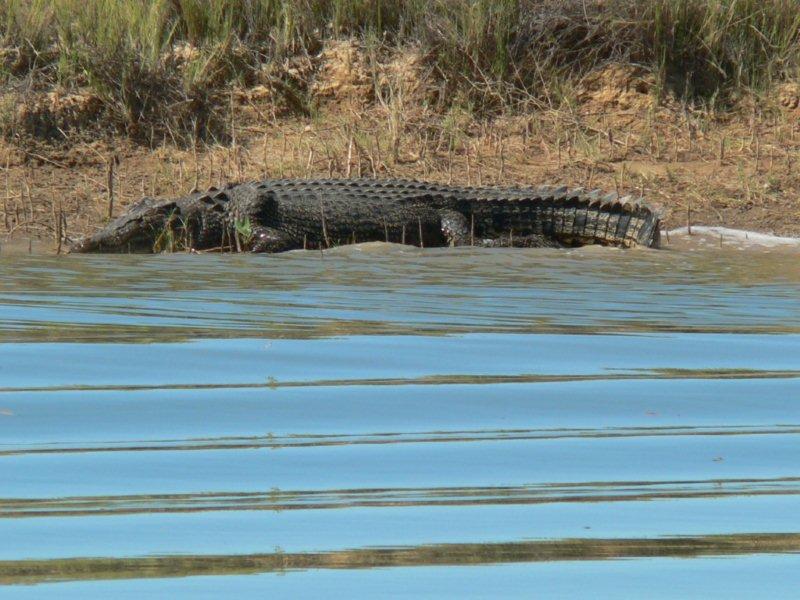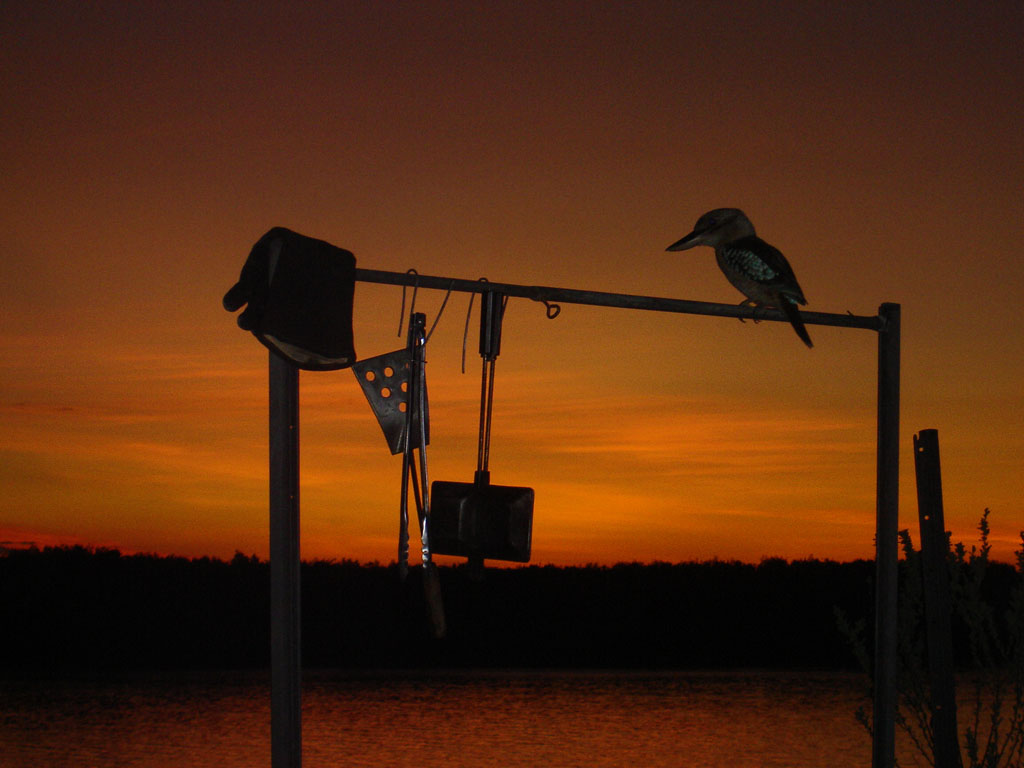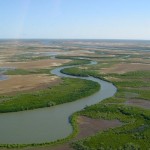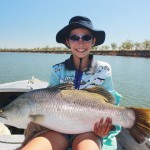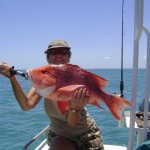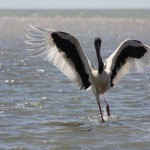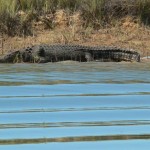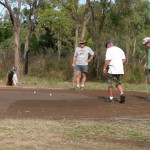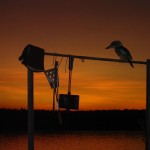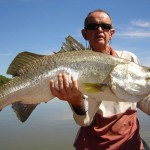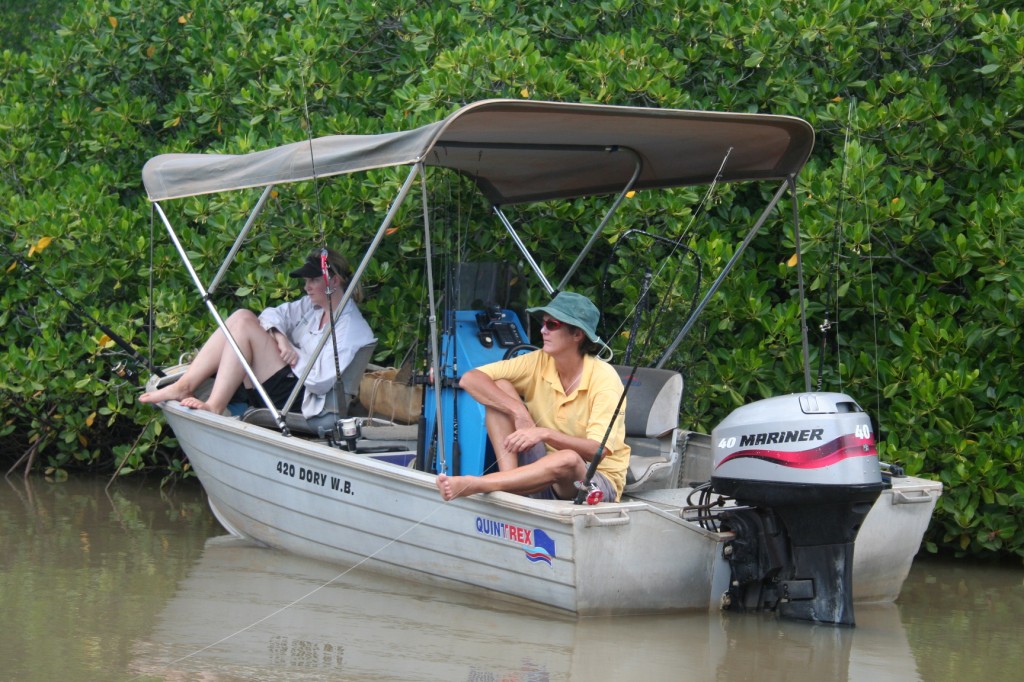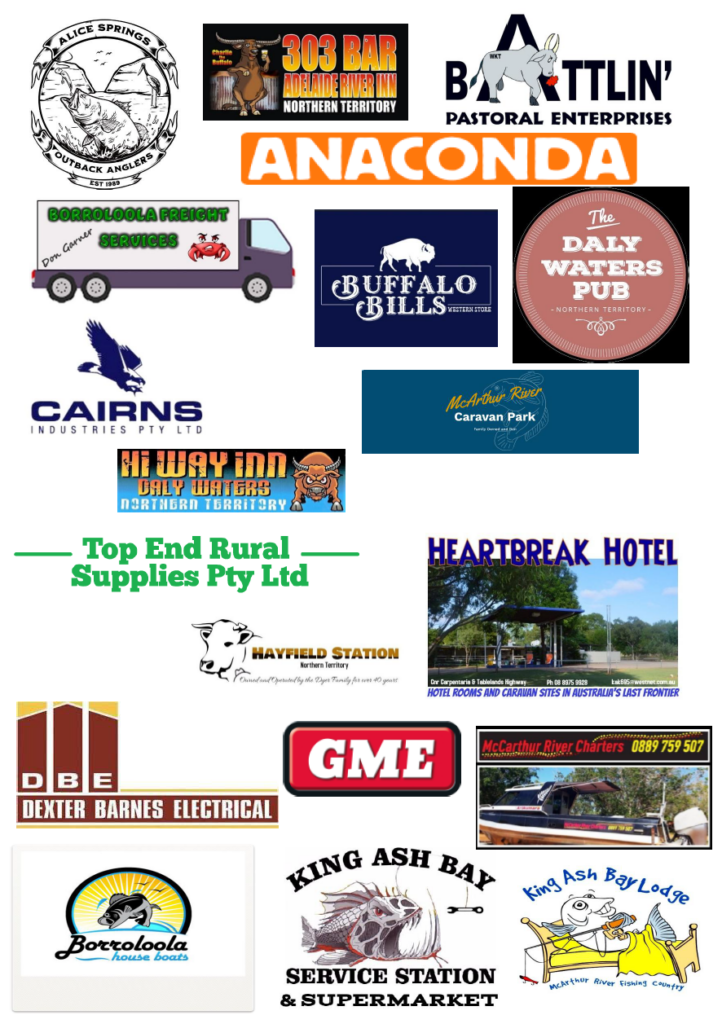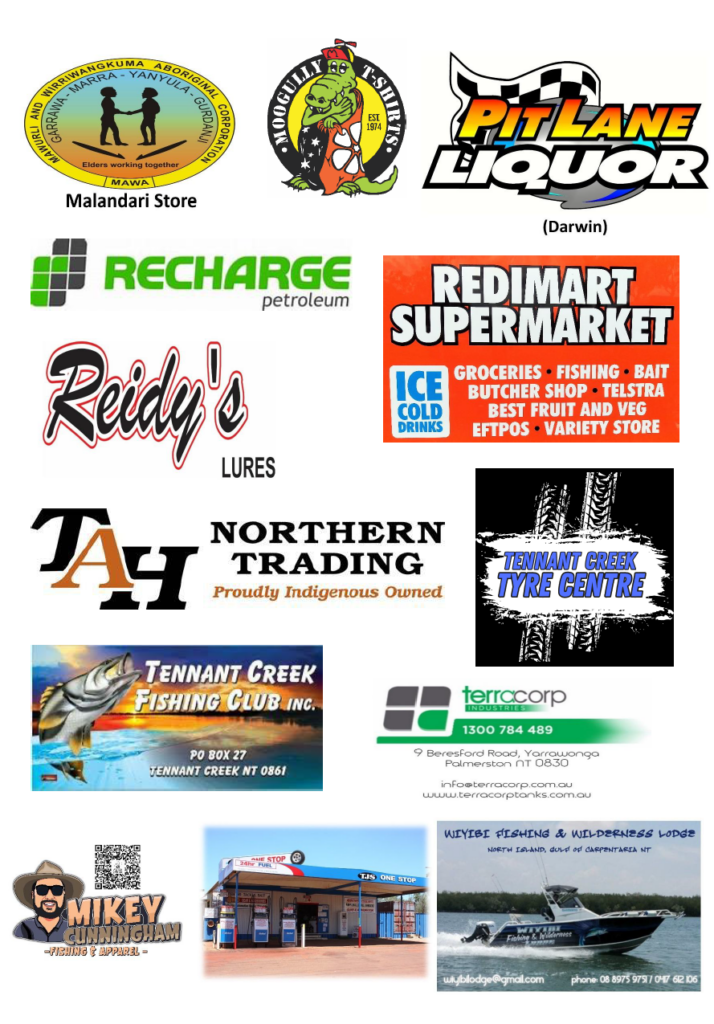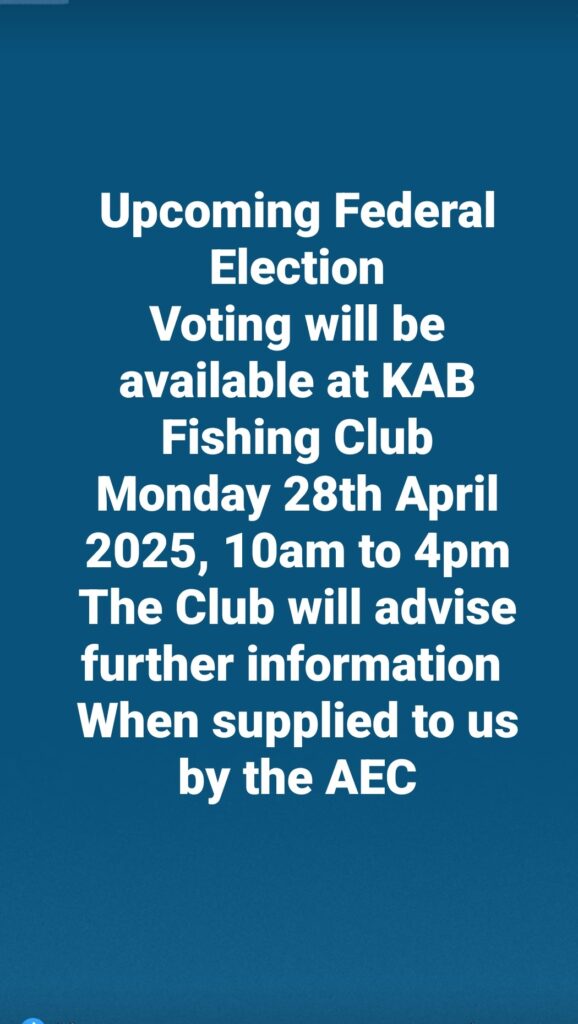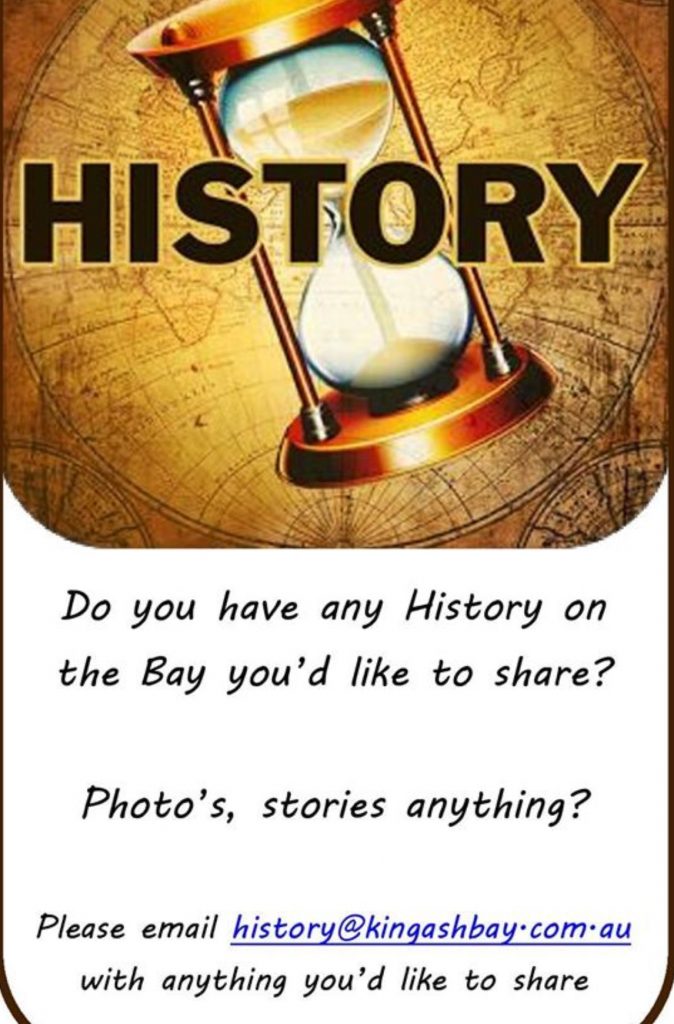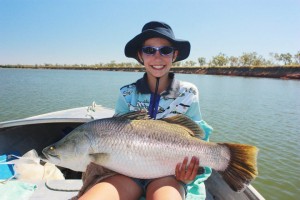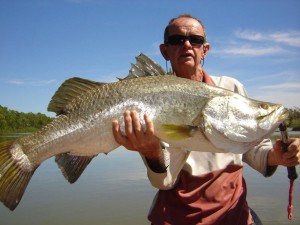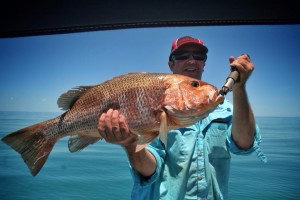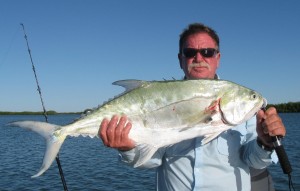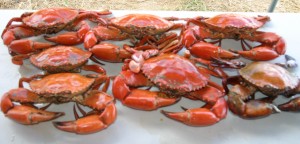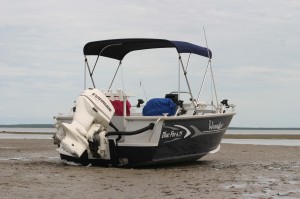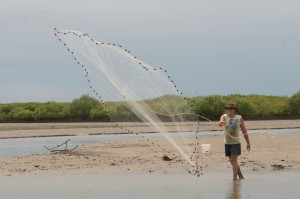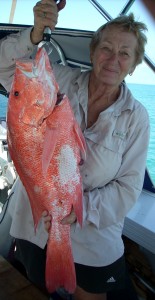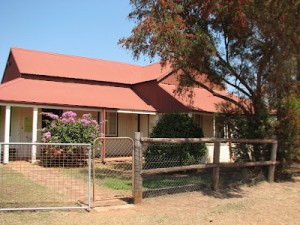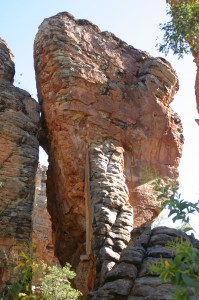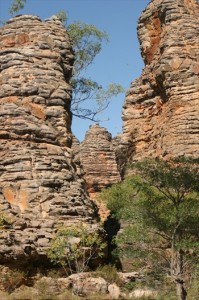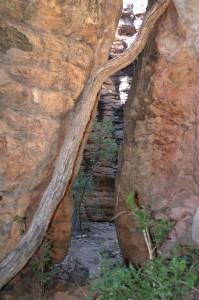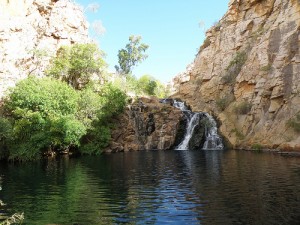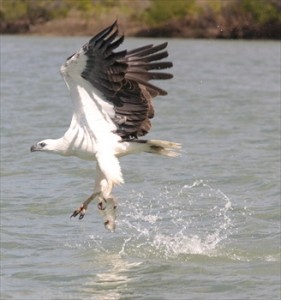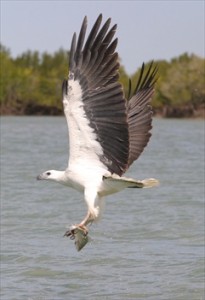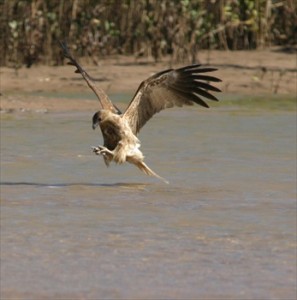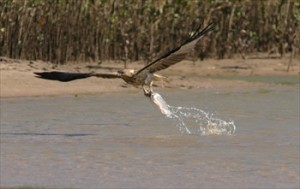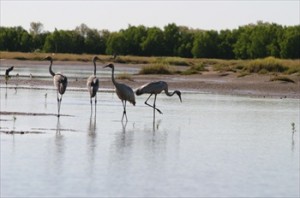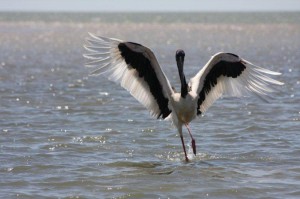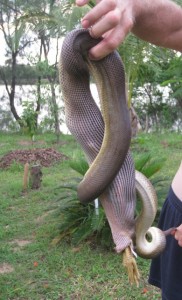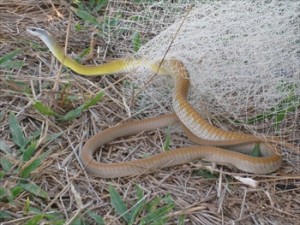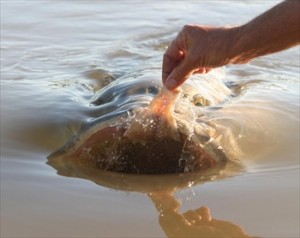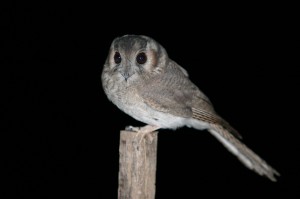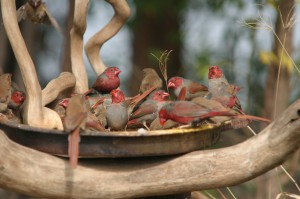At King Ash Bay we are very remote. We are 700km from the nearest traffic lights and 1,000km from the nearest shopping centre. With that being said, we are very well setup here. Many first time visitors are amazed at what we have to offer. This page was made to help give travellers a little bit more information about planning their trip.
Travelling here:
There are many ways to get to King Ash Bay Fishing Club. The way you decide to travel here will depend on many factors including how much time you have, your budget and the time of year.
Drive: Most people drive to King Ash Bay from all over Australia. You can take bitumen roads the entire way except for the last 21km. You will need to plan your trip and make sure you carry enough fuel, because there are some stretches of road that are several hundred kilometres between fuel stations.
You have a couple of options for driving to King Ash Bay.
From the Stuart Highway you can either head East from Three Ways just North of Tennant Creek, then North at Barkly Homestead to Cape Crawford or from Highway Inn at Daly Waters on the Carpentaria Highway towards Borroloola. If you want to drive on bitumen the whole way from Queensland you will cross the QLD – NT border just outside of Camooweal on the Barkly Highway heading West. At Barkly Homestead you will turn right onto the Tablelands Highway heading North. Even though the Tablelands and Carpentaria are called highways, they are in parts only single lane and you will have to pull over for trucks and road trains, as well as slowing down for cattle. You will arrive at the Heartbreak Hotel at Cape Crawford. From there you will head towards Borroloola, past the McArthur River Mine and then follow the signs to King Ash Bay. If you get to Bing Bong, you have gone too far.
In the middle of the dry season, the other popular way to get to King Ash Bay from Qld is via the Savannah Way. I guess you could call this the “scenic route”. It takes you along the Gulf or Carpentaria when heading here from Queensland. A lot of tourists come through the Savannah Way. It includes some creek crossings, a lot of dirt road driving and does get heavily corrugated. If you are traveling along the Savannah Way, then a stop over at King Ash Bay is essential.
Fly then Drive: Fly any of the major airlines into Darwin. From there, hire a car or a 4WD or camper and drive it to King Ash Bay. Depending on where you are travelling from, this can save you a couple of days travel at each side of your journey. It is a big drive to get from Darwin to King Ash Bay in one day, but people do it. We would recommend stopping overnight somewhere in between. Katherine, Daly Waters or Cape Crawford are all options.
Fly then Fly: The quickest way to get here, but also probably the most expensive. Fly to Darwin, then fly to the McArthur River Mine, then get picked up from there (Approx 1 hour drive from King Ash Bay). One of the airlines flying into the McArthur River Mine is AirNorth. There is also an airstrip at Borroloola and a dirt strip at King Ash Bay, but you would have to either charter a plane or pilot your own plane to use either of these air strips. Borroloola airstrip has a self service fuel facility.
“The Road”:
Whenever we refer to “the road” on this website or on our Facebook Page, we are referring to the 21km dirt road from the bitumen to King Ash Bay Fishing Club. During the wet season the road goes almost completely under water and very muddy and boggy. When the road is like that you would only use it with a very capable 4WD and only if 100% necessary. During the dry season the road is usable by all vehicles including 2WD sedans. It does get corrugated, but you just need to drive to the conditions. We regularly have road condition updates on our Facebook Page.
The Weather:
It’s going to be hot. All year round we experience warm to hot weather. During Winter the days are almost perfect, and not too humid. It is during Winter that King Ash Bay is at it’s busiest. Droves of Grey Nomads come up from down south to enjoy the warmer weather. Once the weather starts to get really hot and humid again in the lead up to the wet season, they all head back home.
What to Bring With You:
A lot of first-timers to King Ash Bay bring mountains of food and fuel with them. We have a privately owned Petrol Station here at King Ash Bay which includes a workshop and a very well stocked mini-mart/supermarket. The mini-mart has all of your essentials like fresh fruit & veg, meat, dry goods and even fishing gear and souvenirs. Another big surprise to our first-time visitors is the clubs Bar and Grill. The Bar and Grill are both open Thursday, Friday, Saturday & Sunday nights at the moment with reasonably priced drinks and meals. Due to Covid-19 restrictions and to protect our members and guests, social distancing will be requested.

